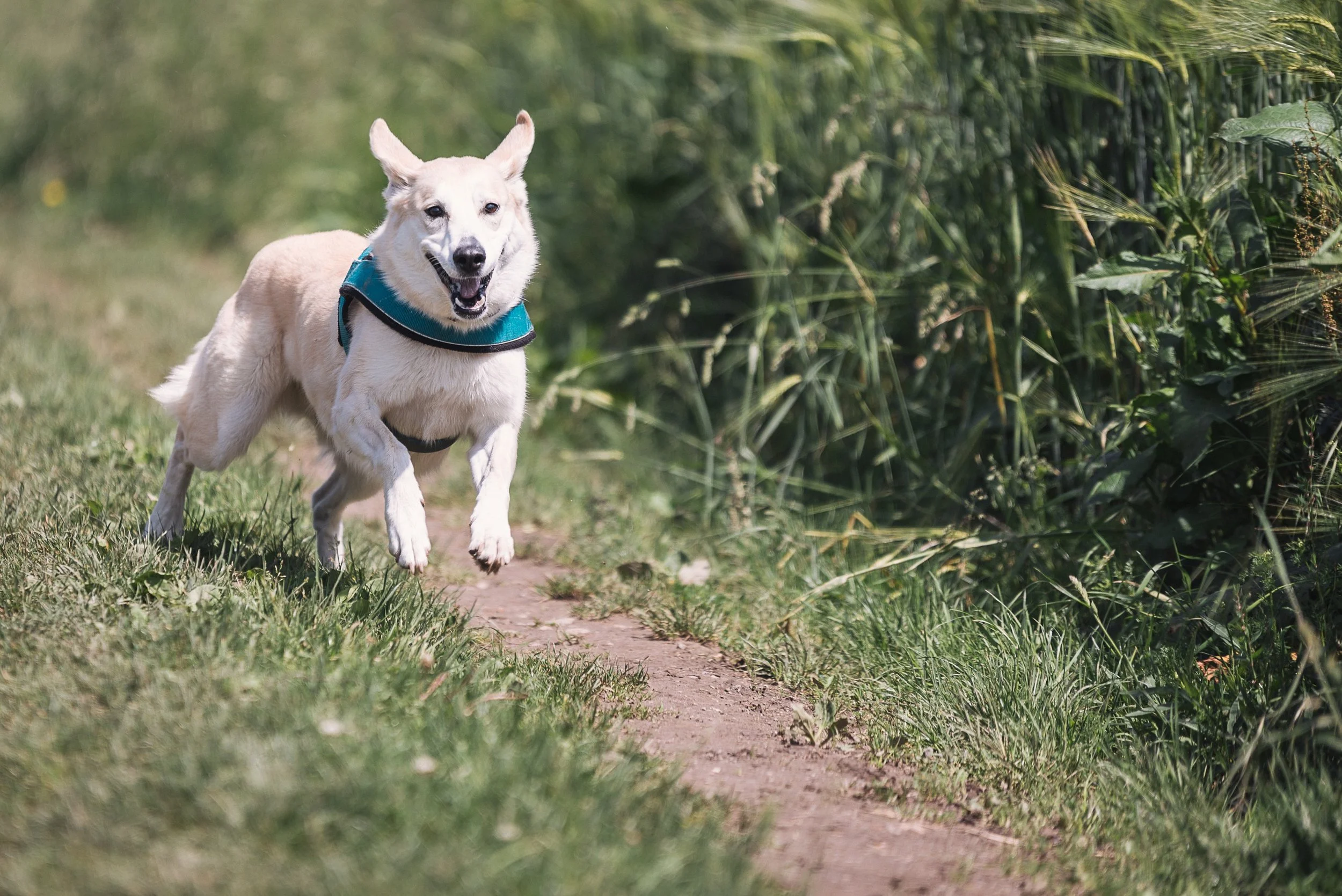Why Your Dog Chews Everything (And What You Can Do About It)
/Dogs chew. It's one of the things they do, and it's completely normal. But you spent good money on your shoes and furniture and would prefer they don't up as a slobbery ruined mess. Luckily, they don't have to.
Dogs chew because it's instinctual. It's relaxing. It's taking your shoes off at the end of a long day and pouring a nice glass of wine. Puppies especially chew because like human babies it's a natural early way of exploring the world. They also don't have hands, so anything they want to move around is usually going to end up in their mouth. We don't want to take that away from them, but we do definitely want to make sure they chew on the things we want them to chew on instead of our stuff!
The first thing that means is that we have to make sure we have things they're allowed to chew. Dogs have chew texture preferences, so you'll have to experiment. If you've already lost a few choice items around your house, you can use that as a starting spot. Does your dog go for shoes? Consider a tough cloth or rope toy. Got a few destroyed chair legs? Consider things like nylon bones, antlers, and other hard toys. Socks with holes? Stuffing-free toys are practically socks already. You get the idea, match the chew toys you buy to the stuff your dog likes to chew.
If you're fortunate to not have had anything inappropriately chewed on yet, great! Now's the time for some preventative measures. Try a variety of chew toys from the categories above so that you're prepared with whatever preference they may turn out to have. Remember, it's better to blow twenty bucks on toys it turns out they don't really like than to lose a few hundred worth of nice shoes.
Okay, I hear you. You've got a ton of chew toys but your dog still eats your shoes. That's because (as I said) getting the toys is only the first thing you need to do. Now comes the actual work. Encourage your dog to interact with the toys by making them available while they're relaxing. Depending on the toy, it may be appropriate to introduce it as a game (like "tug" with a rope - it's absolutely fine if they win!). You'll need to supervise their toy chewing to make sure they don't bite off and swallow pieces that could be harmful. Unsupervised chewing is only allowed after they've established they can be safe about it. On the subject of supervision - if you have a problem chewer, you'll need to supervise them any time they're around anything they can chew. I talked a little about this in my puppy training article, but the concept applies to adult chewers too.
If your dog starts to chew on something they shouldn't, redirect them to something they should. It's important not to bring the chew to them, but to bring them to the chew. If you bring them a bone every time they pick up your shoe in their mouth, they've just taught you how to play fetch. Give them encouragement appropriate for the dog (calm or excited can both work depending on personality) while they chew their toy. If you're consistent about this and make sure appropriate chews are available, your dog will soon choose to preferentially go after them instead.
As with every problem behavior, though, it's okay to feel overwhelmed. Don't be afraid to reach out and get professional help if you need it. That's why we exist!
Benjamin is the owner of Good Doggy Saratoga. You can follow him on Facebook.
If you liked this article, please like and share below. You can also subscribe to receive blog updates in your email.





